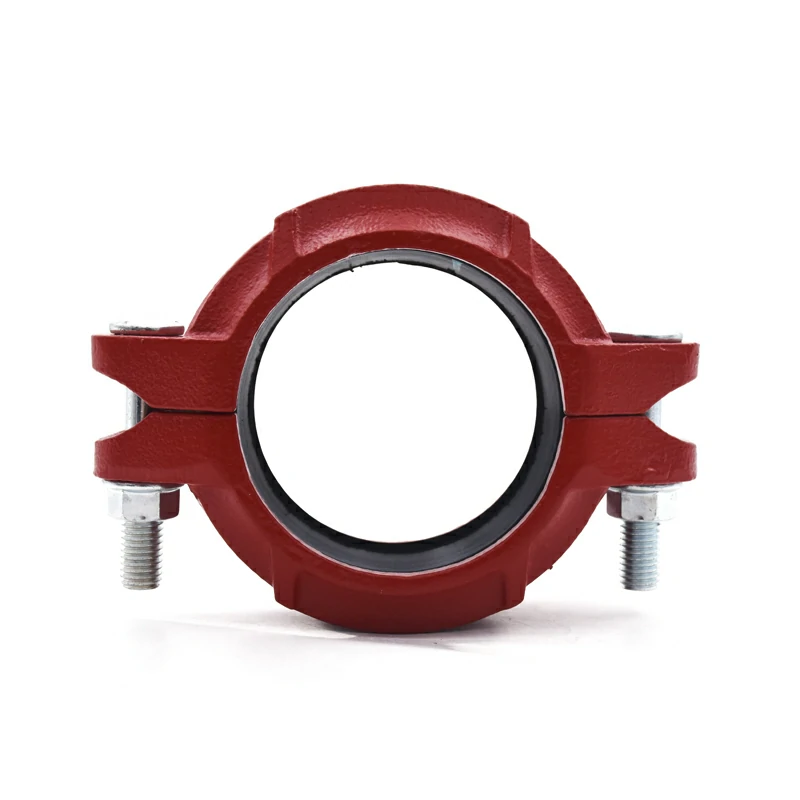What are the advantages and disadvantages of rigid and flexible couplings?
Couplings are mechanical devices that connect two shafts and transmit torque and power between them. They are essential for many machines and applications, such as pumps, compressors, generators, conveyors, and more. However, not all couplings are the same. Depending on the design, alignment, and load conditions of the shafts, you may need to choose between rigid and flexible couplings. In this article, you will learn what are the advantages and disadvantages of each type of coupling and how to select the best one for your machine design.
Rigid couplings are the simplest and most economical type of couplings, consisting of two flanges, hubs, or sleeves that are bolted or clamped together around the shaft ends. They provide a fixed and rigid connection between the shafts, without allowing any relative movement or misalignment, making them suitable for applications with precisely aligned shafts with steady and uniform loads. Rigid couplings have many advantages, such as being easy to install and maintain, compact and lightweight, reliable and durable, and cost-effective. However, they cannot accommodate misalignment between the shafts, absorb shock or torsional loads, or compensate for thermal expansion or contraction of the shafts; all of which can cause serious damage to the shafts and coupled equipment.
- Rigid Coupling Advantages : 1. High Torque Transmission 2. Accurate shaft alignment. 3. Simple Design 4. Low Maintenance Disadvantages: 1. No Misalignment Compensation 2. Limited Damping 3. Less Tolerance for Shaft Deflection
2Flexible couplings
Flexible couplings are designed to accommodate some degree of misalignment between the shafts and provide a smooth transmission of torque and power while absorbing shock, vibration, and noise. They are suitable for applications with moderate misalignment and variable load conditions. The advantages of flexible couplings include the ability to reduce stress, vibration, noise, and wear on the shafts and bearings; absorb shock, impact, or torsional loads; and compensate for thermal expansion or contraction. However, they are more complex and expensive than rigid couplings, larger and heavier due to the flexible element, less reliable and durable due to repeated flexing, and require more maintenance and inspection.
We have used Lovejoy Jaw Coupling to connect Worm Gearbox output shaft machine drive. There will be slight degree of misalignment. Flexible couplings can accommodate angular misalignments between shafts, ensuring smooth and efficient power transmission without inducing excessive stress on connected components
3How to choose the right coupling
The right coupling for your machine design depends on several factors, such as the type and size of the shafts and coupled equipment, the alignment accuracy and tolerance of the shafts, the load characteristics and variations of the application, the environmental conditions and operating temperature of the machine, and the cost and availability of the coupling. Generally, rigid couplings are suited for applications with well-aligned shafts and steady, uniform loads, while flexible couplings are best for moderately misaligned shafts and variable, dynamic loads. However, it is important to consider the specific requirements and constraints of your machine design when selecting a coupling to ensure that it meets your needs.
4Here’s what else to consider
This is a space to share examples, stories, or insights that don’t fit into any of the previous sections. What else would you like to add?
